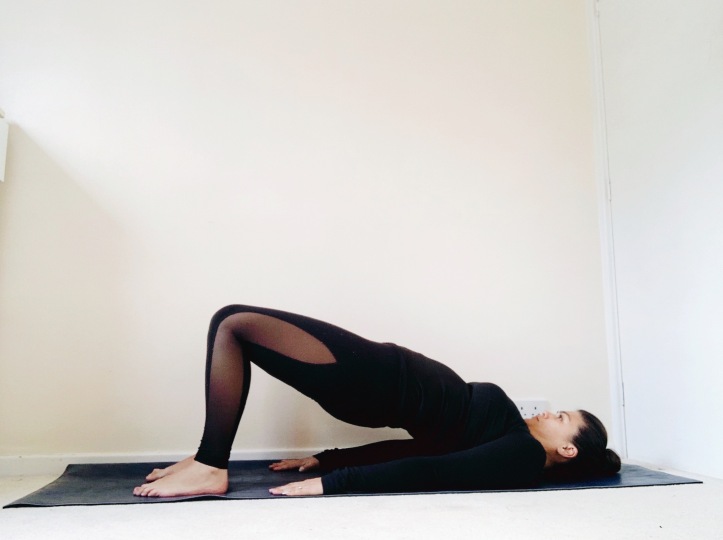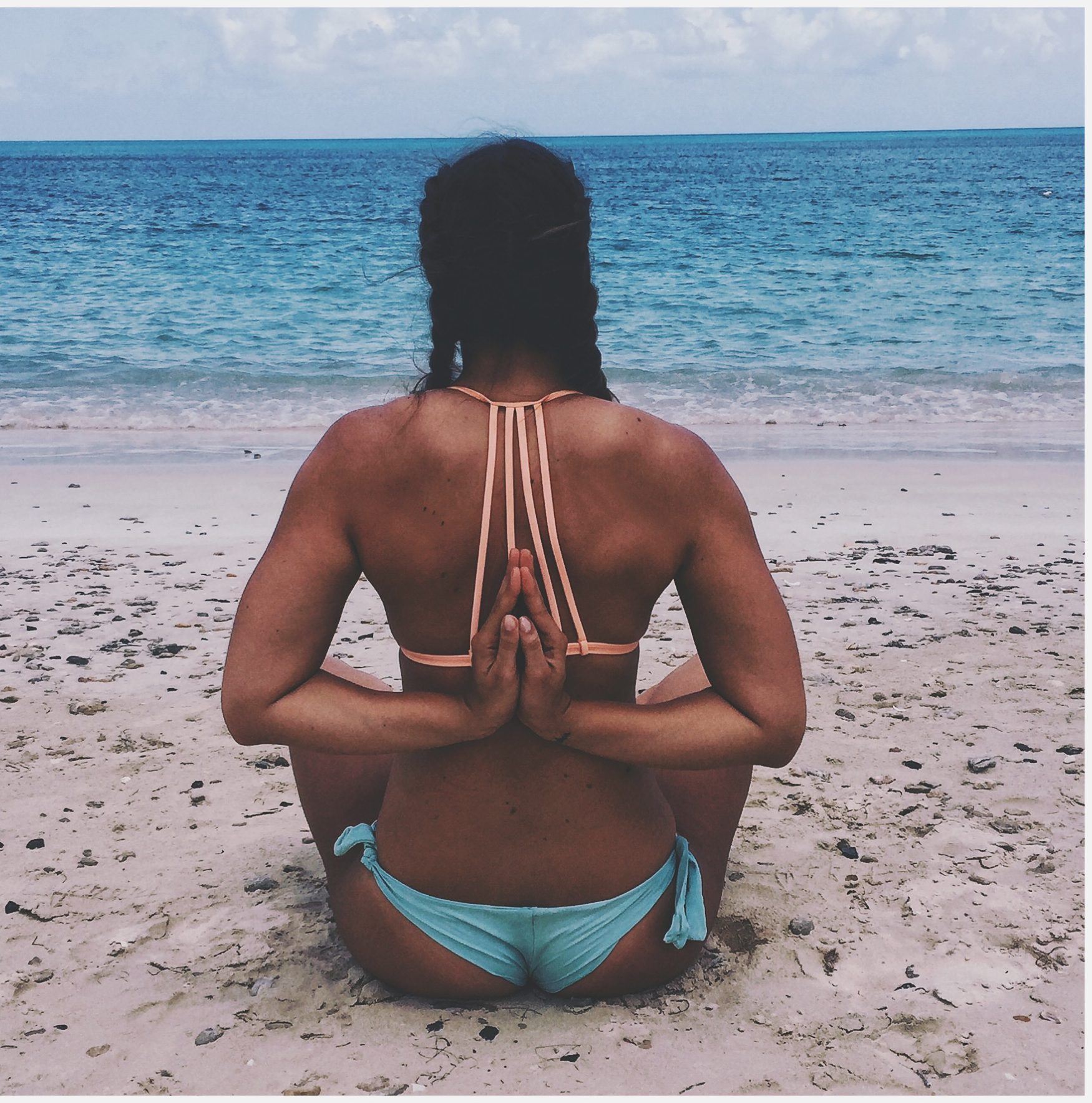Week 4
Well done in completing Week 4 of my Beginner’s Yoga Course. This week we see a slightly faster pace, a longer sun salutation and connecting some of the asana’s together to create a flow (Warrior 2 into Side Angle). Don’t worry if you found this a strong class because it was. It doesn’t matter how much you got done, it matters that you are showing up every week and giving your mind and body the time is deserves.
This week’s theme is really important to me and I feel it is where we all should begin. It is the yogic term Svadhyaya, which means Self Study.
Svadhyaya
How can we give ourselves more of what we like or enjoy if we don’t know what we enjoy? How can we cut things out of our life that don’t make us feel good if we don’t know how things makes us feel? How can we stop ourselves from feel anxious if we don’t even know we a) are anxious to begin with or b) why we are anxious? How can we get treatment for depression or trauma if we don’t even recognise we are suffering?
I know this may seem a little deep, so we translate it to the mat and the asana’s in yoga to begin with. How does each pose make us feel in our bodies, our breath and in our minds? What mood are we in when we arrive to the mat and also when we leave? Is one side of the body tighter or stronger than the other? Do we have any tightness in our muscles?
Self study has taught me that one side of my body is more flexible than the other, so I don’t expect a stretch to be the same on each side. I am able to know I have something going on in my wrists and to limit my time on them in yoga otherwise they’ll hurt all day. I know that I’m actually very slow and lazy and live in my feminine energy far too much and that I need to work more on my masculine energy for some get up and go! Self study has also shown me that I have weak glutes which doesn’t help my poor posture.
If you liked today’s class because it was stronger, faster or flowing then that is self study! And the reverse too if it wasn’t your favourite. Maybe you preferred all the forward folding today and not the back bends. Well done, you are getting to know your mind and body and what kind of yoga it likes!
The Practice
Here is the link to a video of the sun salutations we did…
Main Poses
Below are the new main poses we covered this week…
Parsva Konasana / Side Angle Pose

- Push the whole back foot into the mat, do not let the little toe edge roll in
- Push forearm into the thigh to create a lift feeling under the torso
- Roll the top shoulder back and bottom shoulder forward to stack the shoulders
Strengthens and tones the legs, core and shoulders. Stretches the side body.
Padottanasana / Wide Leg Forward Fold

- Take your feet as wide as you can without feet rolling in
- Micro bend in the knee so the legs are not locked out
- Surrender to gravity pulling your upper body down, send hips to the sky
Stretches adductors, hamstrings lower back. Strengthens and tones the legs.
Setu Bandhasana / Active Glute Bridge

- Feet, shins, knees, hips all facing the same directions
- Imagine squeezing a brick or book between your inner thighs
- Lift your hips as high as possible, squeeze the bum to help
Strengthens legs and back body. Stretches and opens the chest and shoulders. Its a heart opener, so can help release emotions.
Paschimottanasana / Seated Forward Fold

- Sit on a pillow if needed. Spine neutral and crown of the head reaching tall
- Fold at the hip creases, aiming to put your heart on your shins
- Use the back muscles to stay active and keep shoulders out of vision behind you
Strengthens and lengthens legs, hips and back.
If you would like to do the class again in your own time you can find the zoom recording on YouTube here
Yoga Style of the week:
Bikram / Hot 26
Bikram Yoga is set out very similar to Ashtanga Yoga with a set sequence but with one major difference. It follows a sequence of 26 poses, starting with the standing series and then moving to floor poses in a room heated to 41·C with 40% humidity. The heat in the room was originally to replicate the conditions of India.
Bikram Yoga was put together and brought to the western world by Bikram Choudhary in the 1970’s. The Bikram style was particularly famous for being quite stern and strict with instructions, just like its founder. They encourage you to push your body to its limits in poses, you have to keep your eyes open throughout the practice to remain present and they even tell you when you can and can’t sip water. The poses have exact requirements and teaching points and there is no room to adjust the pose to suit your body as much as we do in Hatha Yoga.
Over the last 10 years, some stories have come to light about famous yoga leaders and how they have not acted in true ‘yoga spirit’. There is a documentary on Netflix that even focuses on the stories surrounding Bikram Choudhary himself. This is why you will often see classes relabelled as Hot 26 as the yoga studio’s want to move away from the Bikram name. It is almost exactly the same sequence and conditions minus the name.
Hot 26 yoga is different to Hot Yoga. Hot Yoga is a Hatha or Vinyasa yoga class in the same heated conditions but allows the teacher to create their own sequences and themes.
The asanas we cover on my Beginner’s Yoga Course are also featured in the Hot 26 class, so if you wanted to try a hot yoga class, you would recognise some of the poses we have practiced.
Sanskrit word of the week:
Shavasana/Savasana
Some say Shavasana and some say Savasana, both mean Corpse pose or Dead Body pose. It’s normally one of the first asana names we learn. Why? Because its typically the pose we finish every class in. The pose we use for the final relaxation, in my opinion the best asana!
Traditionally in Shavasana, we lie upwards on our mat, neutral spine, palms facing up, our feet hip distance apart with our toes falling out to the sides. We can close our eyes or have a soft gaze towards the sky. All our muscles are relaxed.
Some teachers like to start the class in Shavasana as a way of grounding the class and giving the students time to fully ‘arrive’ on the mat.
